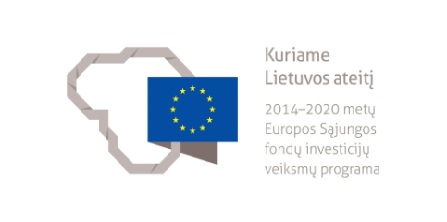Requirements for publications
Publication structure:
-
Initial section:
-
Author’s first and last names;
-
Title of the paper;
-
Annotation in the original language (at least 1000 characters);
-
d) Keywords (no more than six) in the original language.
-
Main body of the paper and conclusions;
-
Summary in Lithuanian (to be translated into English by a translator):
-
Title of the paper;
-
Keywords in the original language and in English;
-
Text of the summary (approximately 1200 characters), which should avoid passive structures (e.g., ‘it is presumed’, ‘claims are made’, and the like) and with a clear indication of authorship (who said or wrote what about a particular work in which source and so on). Mentioning the contribution of the author of the article to the relevant field of research and the proposed hypotheses is highly advisable; new discoveries should be clearly distinguished from the conclusions of earlier research.The theses of the summary should not be verbatim reports of the annotation or conclusions.
-
4) Author information (academic degree, academic title, affiliated institution, email address) is to be supplied in a separate document.
Quoting and Bibliographic References:
Quotations should be given in quotation marks.Each authorial correction in a quotation should be enclosed in square brackets.Words that are emphasized in various ways in a quotation (s p a c e d, bold, underlined) should be marked uniformly in the paper: either italicized or ‘placed in quotation marks’, as needed. Quotations in other languages should be translated into Lithuanian.If needed, a quotation may be given both in the original language and in Lithuanian.
The titles of books and large volume works (novels, long short stories, dramas, long poems) should be italicized, both in Lithuanian and in other languages. The titles of articles, essays, and shorter literary works (short stories, novellas, short poems) should be given in quotation marks. The titles of works by non-Lithuanian authors should be given in the original language, followed by the title in Lithuanian in parentheses.
All personal names should be given in their original form and in full, including first names; whenever possible, the names given as initials should be identified.A personal name should be given in its full form the first time it is used and only the last name (with the initial of the first name in some cases) should be used later on.
The numeration of footnotes in the text should be consecutive.The footnote mark (a number, an asterisk, a letter) in the text appears before the punctuation mark, for example: – – –3; „– – –“**, – – –i.The footnote mark in a block quotation should be placed outside the last punctuation mark.
Bibliographic descriptions of publications should be based on the title page rather than the cover or the imprint. Descriptions of books, publications, articles, and other sources in footnotes and bibliographic descriptions should be given as complete as possible.
When a publication that is not in Lithuanian is quoted or cited, its bibliographic description in the footnote should appear in the original language, with the exception of the abbreviations for volume (tomas), part (dalis), fascicle (sąsiuvinis), and page (puslapis) t., d., sąs., p., which are given in Lithuanian. If a source is in the Cyrillic script, it is cited in the original form without transliteration into the Latin script.




 Colloquia
Colloquia
